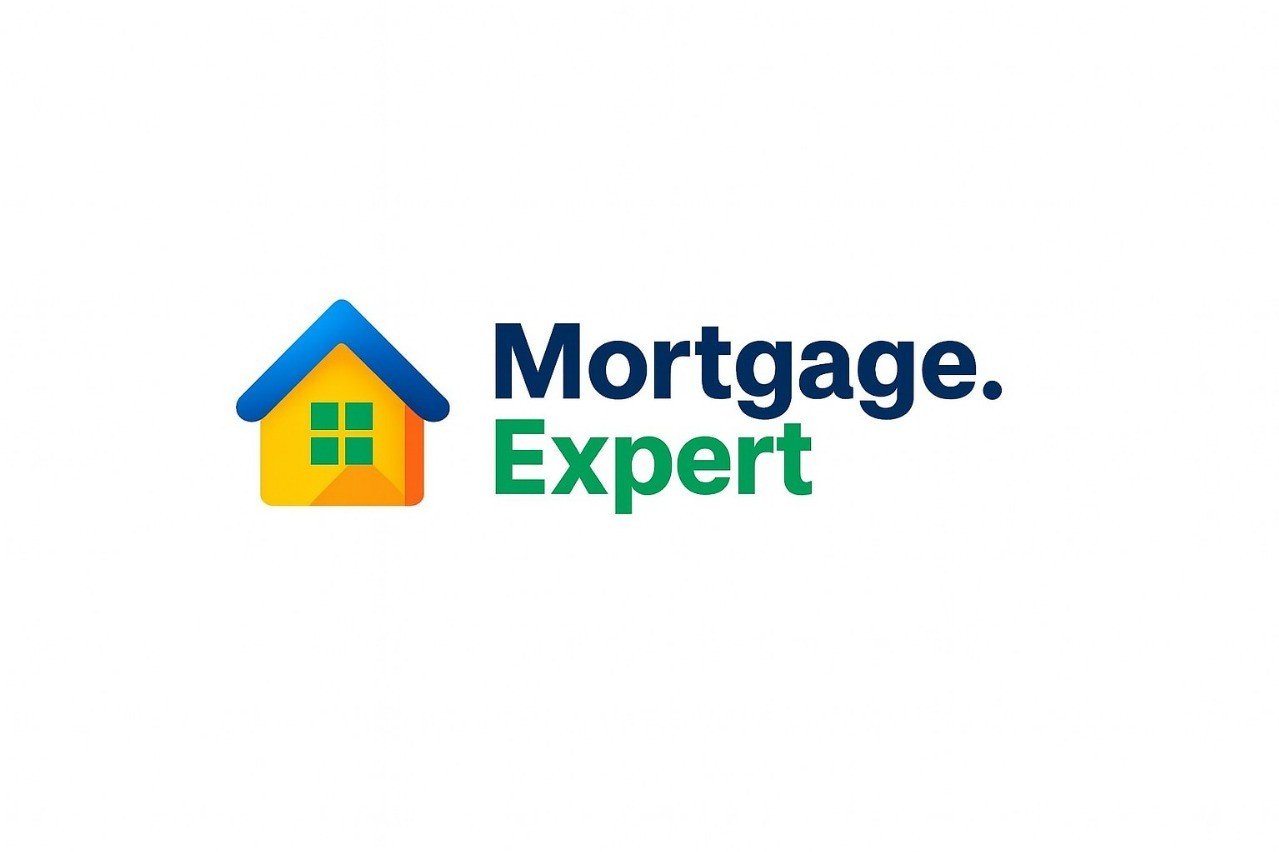
How Much Income Do You Need for a Mortgage in Canada? (2025 Guide)
If you’re thinking about buying a home in Canada, one of the first questions that probably comes to mind is: How much income do I need to actually qualify for a mortgage? And in 2025, with home prices still high and lending rules tighter than ever, it’s more important than ever to understand how lenders calculate affordability.
This guide breaks it all down — in plain, simple language — so you know what salary you’ll need to aim for, what factors impact your approval, and what steps can help you get there.
Why Lenders Care About Your Income
When a lender gives you a mortgage, they’re essentially betting on your ability to pay them back — on time, every month, for the next 25 to 30 years. Your income is a key part of that equation. The more stable and sufficient your income, the more confident a lender is that you won’t default.
But it’s not just about how much you earn — it’s about how much of that income is already being used up by other monthly expenses.
Understanding GDS and TDS: The Key to Mortgage Approval
Canada’s mortgage lenders rely on two key debt ratios to decide how much you can borrow: GDS and TDS.
• GDS (Gross Debt Service): This is the percentage of your income that goes toward housing costs — mortgage payments, property tax, heating, and 50% of condo fees. Lenders generally want your GDS to be below 35%.
• TDS (Total Debt Service): This takes GDS and adds all your other monthly debt payments — credit cards, car loans, student loans. TDS should stay under 42%.
📊 GDS vs TDS – What’s the Difference?
Lenders use two key ratios to determine if you can afford a mortgage: Gross Debt Service (GDS) and Total Debt Service (TDS).
🟩 GDS – Gross Debt Service
Covers mortgage principal + interest, property taxes, and heating costs.
🟦 TDS – Total Debt Service
Includes everything in GDS plus other debts like credit cards or loans.
✅ Tip: To qualify for most mortgages, your GDS should be ≤ 39% and TDS ≤ 44%.
The Stress Test and Why It Changes the Game
Even if your lender is offering a 5% interest rate, they must qualify you at a higher rate — either 5.25% or your contract rate plus 2%, whichever is higher. This is called the mortgage stress test, and it was designed to make sure borrowers can still afford their homes if rates rise in the future.
The result? You often need more income to qualify for the same mortgage amount compared to a few years ago.
🧠 Understanding Canada’s Mortgage Stress Test
Even if your lender offers you a low rate, you’ll need to qualify at a higher one — just in case rates rise in the future.
📌 You must qualify at the higher of your rate + 2% or the benchmark (currently 5.25%). This ensures you can handle possible increases in the future.
How Much Income Do You Need in 2025?
Here’s a rough idea of the minimum household income required to qualify for different mortgage sizes in 2025, assuming no major debts and a 5-year fixed rate at 5.25% with a 25-year amortization:
– $400,000 mortgage → ~$80,000 income
– $500,000 mortgage → ~$100,000 income
– $600,000 mortgage → ~$115,000 income
– $700,000 mortgage → ~$135,000 income
– $800,000 mortgage → ~$150,000 income
📊 Mortgage Size vs Required Income (2025 Estimate)
Based on a 5.25% stress test rate, 25-year amortization, and 35% GDS limit, here’s the minimum income needed to qualify:
| 🏠 Mortgage Amount | 💰 Monthly Payment (Est.) | 👥 Required Gross Household Income |
|---|---|---|
| $400,000 | $2,388 | $81,800 |
| $500,000 | $2,985 | $102,400 |
| $600,000 | $3,582 | $122,900 |
| $700,000 | $4,180 | $143,400 |
| $800,000 | $4,776 | $163,900 |
💡 This assumes no other debt and 20% down payment. Income needs increase if you have credit card, car, or student loan balances.
Real-Life Example: Income Needed for Different Home Prices
Let’s say Rina and Ajay are a young couple in Calgary. They have a combined annual income of $110,000 and no debt. They want to buy a home listed at $600,000. With a 10% down payment, they’re looking at a mortgage of around $540,000.
Using a stress-tested rate of 7.25%, their GDS and TDS ratios sit just under the limits — making them eligible. But if they had even $300/month in car payments, they would’ve crossed the TDS threshold and been denied.
Moral of the story: even a small monthly debt can block a big mortgage.
🚗 Car Loan vs Mortgage Size: See the Impact
Carrying a car loan? Here’s how it can shrink the size of the mortgage you qualify for — even if your income doesn’t change.
✅ Without Car Loan
- Gross Income: $100,000
- Monthly Car Debt: $0
- Max Mortgage Approval: ~$500,000
- Monthly Mortgage Budget: ~$2,985
🚫 With $600/mo Car Loan
- Gross Income: $100,000
- Monthly Car Debt: $600
- Max Mortgage Approval: ~$425,000
- Monthly Mortgage Budget: ~$2,500
💡 A single car loan can reduce your mortgage qualification by over $75,000. Paying it down could boost your buying power significantly.
What If You Have Other Debts?
Lenders don’t just care about your income — they care about what’s already coming out of it. If you’re paying $500/month toward a car loan and $250 in credit cards, that’s $750 already spoken for. It directly reduces how much mortgage you can qualify for.
To boost your approval chances:
– Pay off or reduce debt before applying
– Avoid new loans or credit cards during the process
– Consider delaying your home purchase until your balances are lower
Tips to Improve Your Mortgage Affordability
Want to qualify for more house with the income you have? Here are a few smart ways to stretch your affordability:
– Increase your down payment: A higher down payment reduces your loan size and your monthly payment.
– Pay off high-interest debts: This lowers your TDS ratio.
– Add a co-applicant: A partner or family member with income (and no major debt) can boost approval chances.
– Use a mortgage broker: Brokers often work with lenders who are more flexible, especially for self-employed applicants or newcomers.
Ready to apply? This application walkthrough will help you get started. And if you’re wondering what else goes into the approval process, this approval guide explains what lenders really evaluate.
Final Advice from a Mortgage Expert
Income is just one piece of your mortgage puzzle — but it’s a big one. In 2025, with higher rates and tighter lending rules, understanding how your income stacks up can be the difference between owning your dream home or waiting another year.
If you’re not sure where you stand, talk to a mortgage broker. They’ll walk you through your numbers, explain your options, and help you build a plan — whether you’re ready to buy today or 12 months from now.
With the right prep, the right advice, and a clear income strategy, your mortgage approval is absolutely within reach.
Stuck with a Mortgage Decision?
Don’t stress — our team is here to help. Reach out for free, no-obligation guidance.
Contact the Experts



